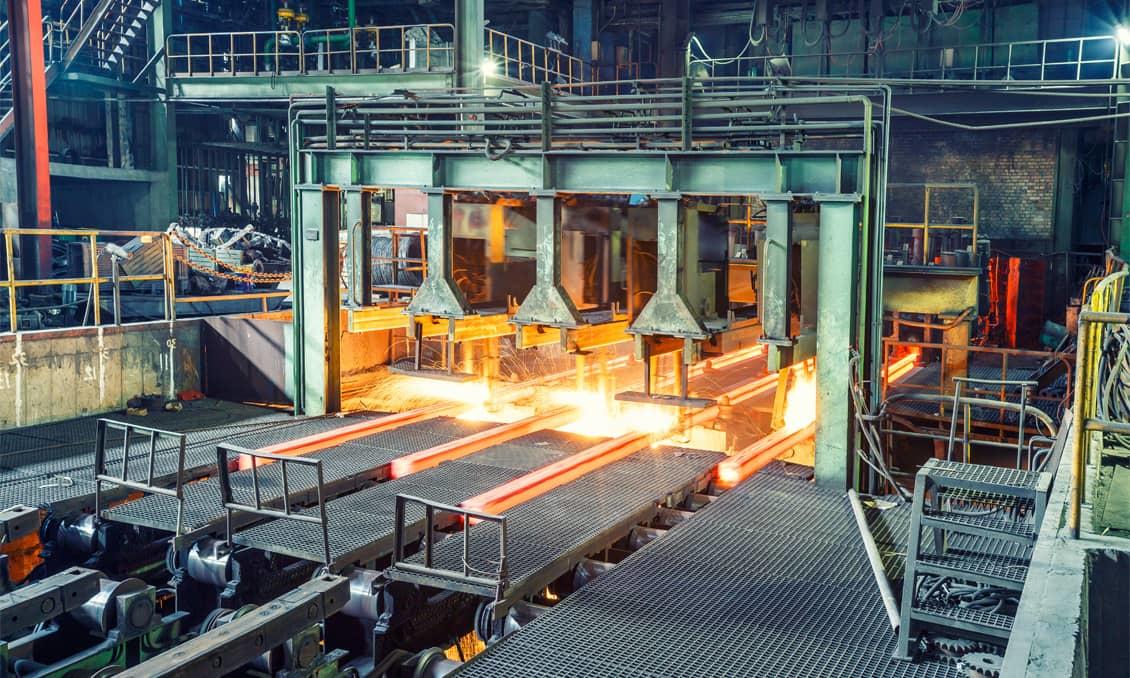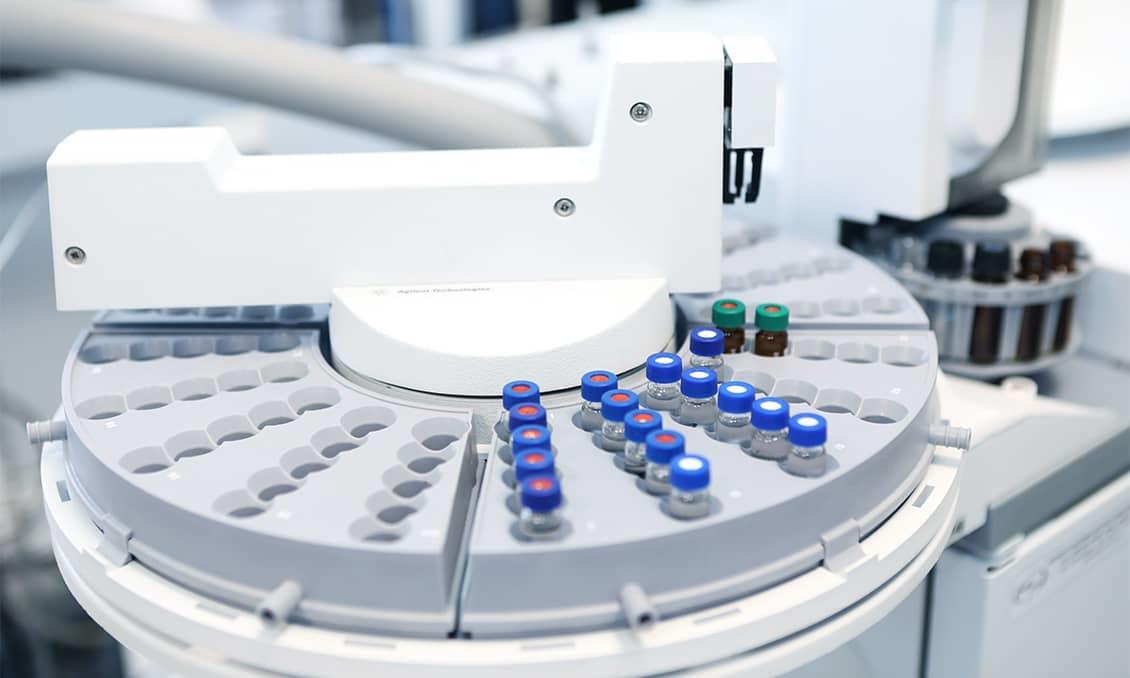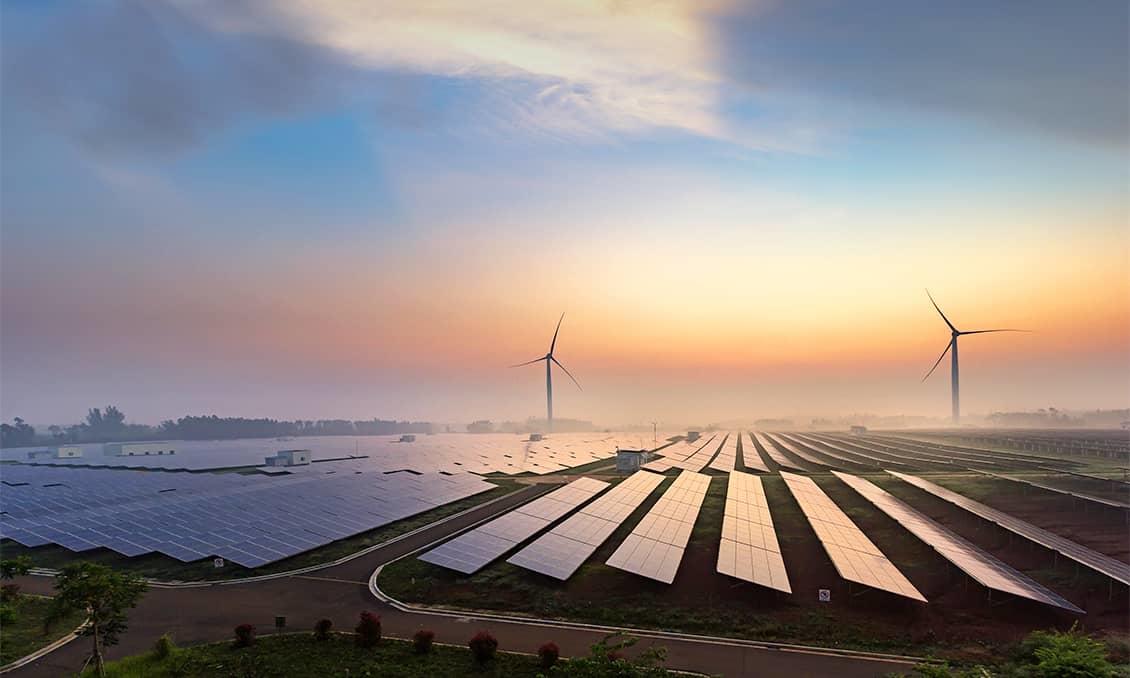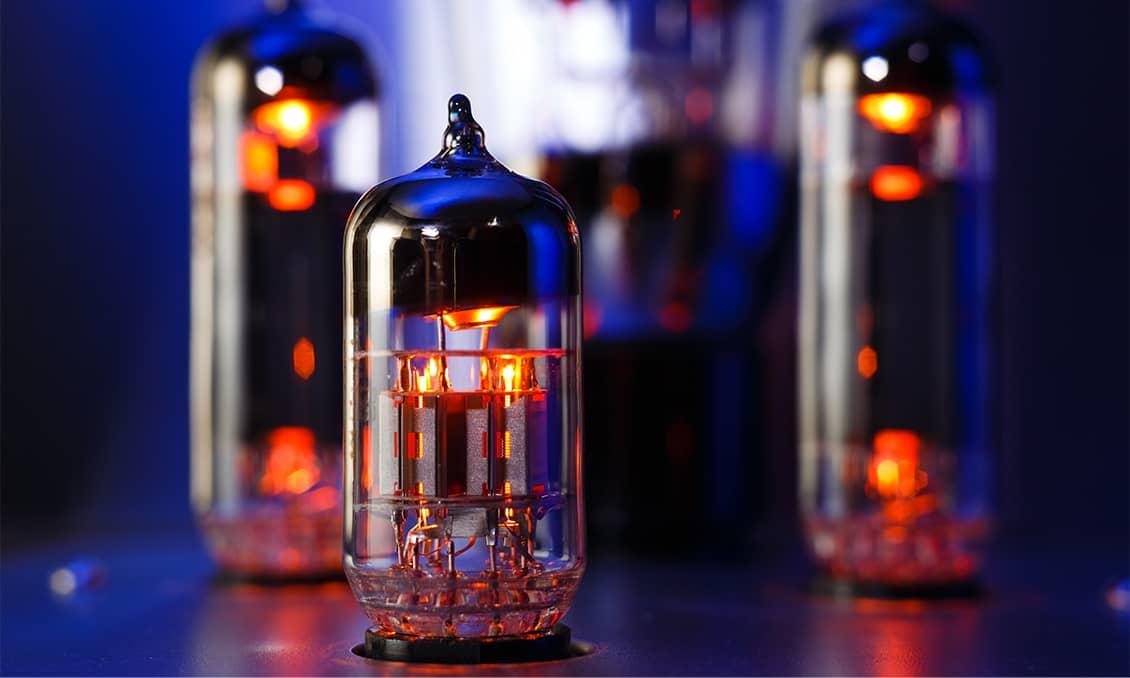
Ceramic Properties
Electrical Properties
Insulation & Semiconductivity
A material that is unable to conduct electricity due to its high level of electrical resistance is an insulator. In contrast, a conductor is a material that offers low resistance to electric conductivity. An atom, the smallest unit of matter, is composed of a nucleus and electrons which orbit that nucleus. Whether a substance is an insulator or a conductor generally depends on the number of free electrons it possesses, which can be used to carry electric current. A substance with higher insulation properties is less conductive because it possesses fewer free electrons.
In addition to Fine Ceramics, other insulators include paraffin, rubber, plastic, paper and marble. Because ceramics are fired in a kiln, they can be fashioned into a wide variety of shapes with excellent heat resistance and durability. For these reasons, ceramics have long been used as insulators.
Fine Ceramics are insulating materials in general, but some varieties exhibit electrical conductivity according to changes in temperature.
A thermistor is an electronic component utilizing a property in which electrical resistance decreases as temperature increases, allowing electricity to flow more easily when the material gets hot. These devices are used in sensors that monitor temperature changes and in equipment designed to prevent electronics from overheating.
In addition to Fine Ceramics, other insulators include paraffin, rubber, plastic, paper and marble. Because ceramics are fired in a kiln, they can be fashioned into a wide variety of shapes with excellent heat resistance and durability. For these reasons, ceramics have long been used as insulators.
Fine Ceramics are insulating materials in general, but some varieties exhibit electrical conductivity according to changes in temperature.
A thermistor is an electronic component utilizing a property in which electrical resistance decreases as temperature increases, allowing electricity to flow more easily when the material gets hot. These devices are used in sensors that monitor temperature changes and in equipment designed to prevent electronics from overheating.
| Volume Resistivity 20℃ Ω・cm |
Material Name & Code | Features | |
|---|---|---|---|
|
High
Low
|
>1014 | AluminaAl2O3
AO479O(99%Alumina)
|
It is a widely used material with high electrical insulation and mechanical strength. |
| >1014 | SapphireAl2O3
SA100
|
It's a single crystal of alumina, a transparent material. | |
| >1014 | Aluminum NitrideAlN
AN216A
|
It's a material with high thermal conductivity and electrical insulation. | |
| >1014 | Silicon NitrideSi3N4
SN240O
|
This material has excellent heat shock resistance and wear resistance, and has high strength even at high temperatures. | |
| >1014 | Cordierite2MgO·2Al2O3·5SiO2
CO220O
|
This material has a very low coefficient of thermal expansion and has a small size change due to temperature change. | |
| >1014 |
SteatiteMgO·SiO2
SO210O
|
This material has excellent electrical and mechanical characteristics. | |
| >1014 |
Forsterite2MgO·SiO2
F1120O
|
Smooth surface and excellent insulation at high temperature. | |
| >1013 | YttriaY2O3
YO100A
|
This material has excellent corrosion resistance in a plasma environment. | |
| 1013 | ZirconiaZrO2
ZO201N
|
It is a material with high strength and fracture toughness. | |
| 108 | Silicon CarbideSiC
SC1000
|
Lightweight, highly corrosion-resistant and excellent heat-resistant material. | |
| 10-4 | CermetTiC,TiN
TC030O
|
It is a composite material of TiC or TiN and metal, and has excellent strength and wear resistance. | |
















